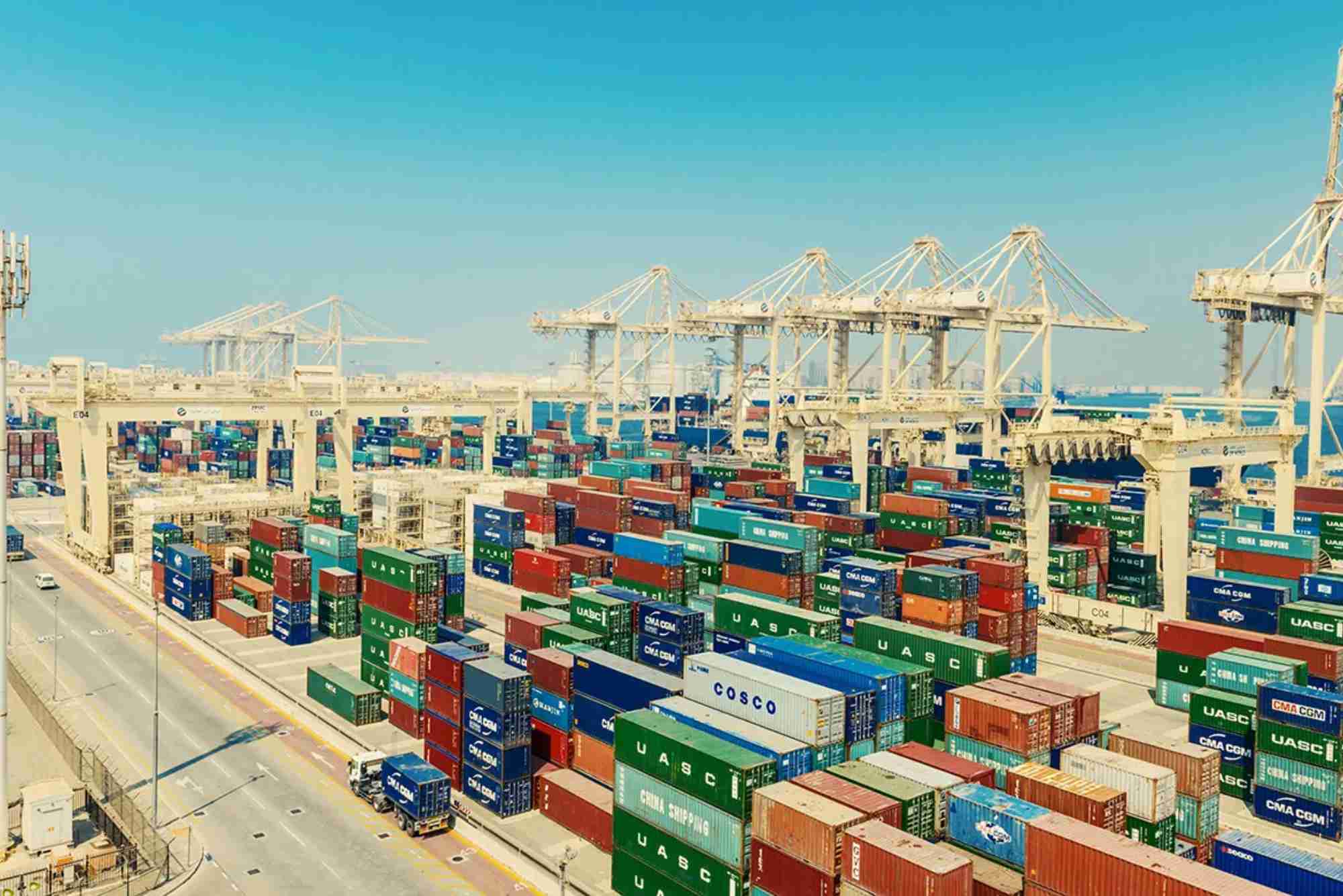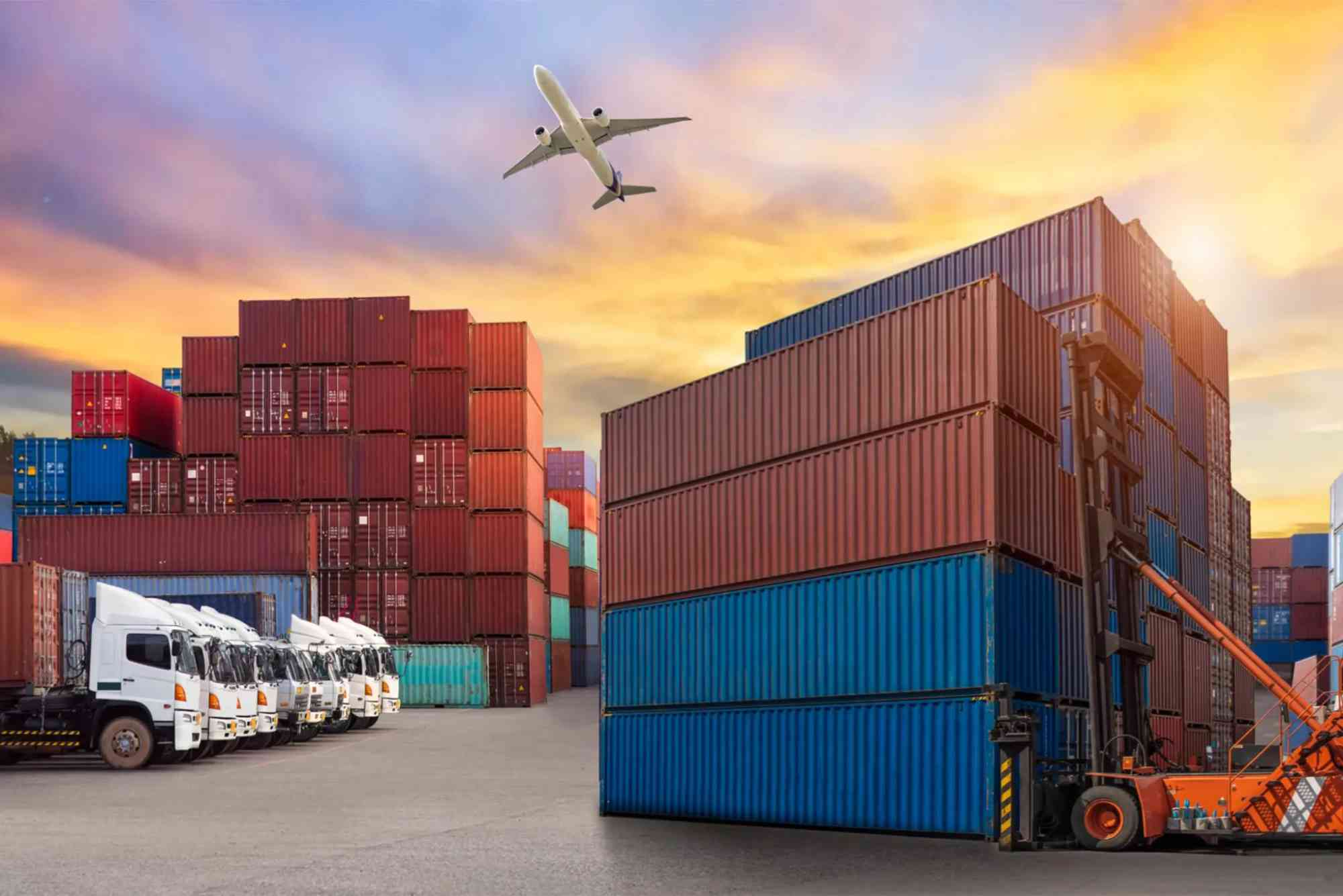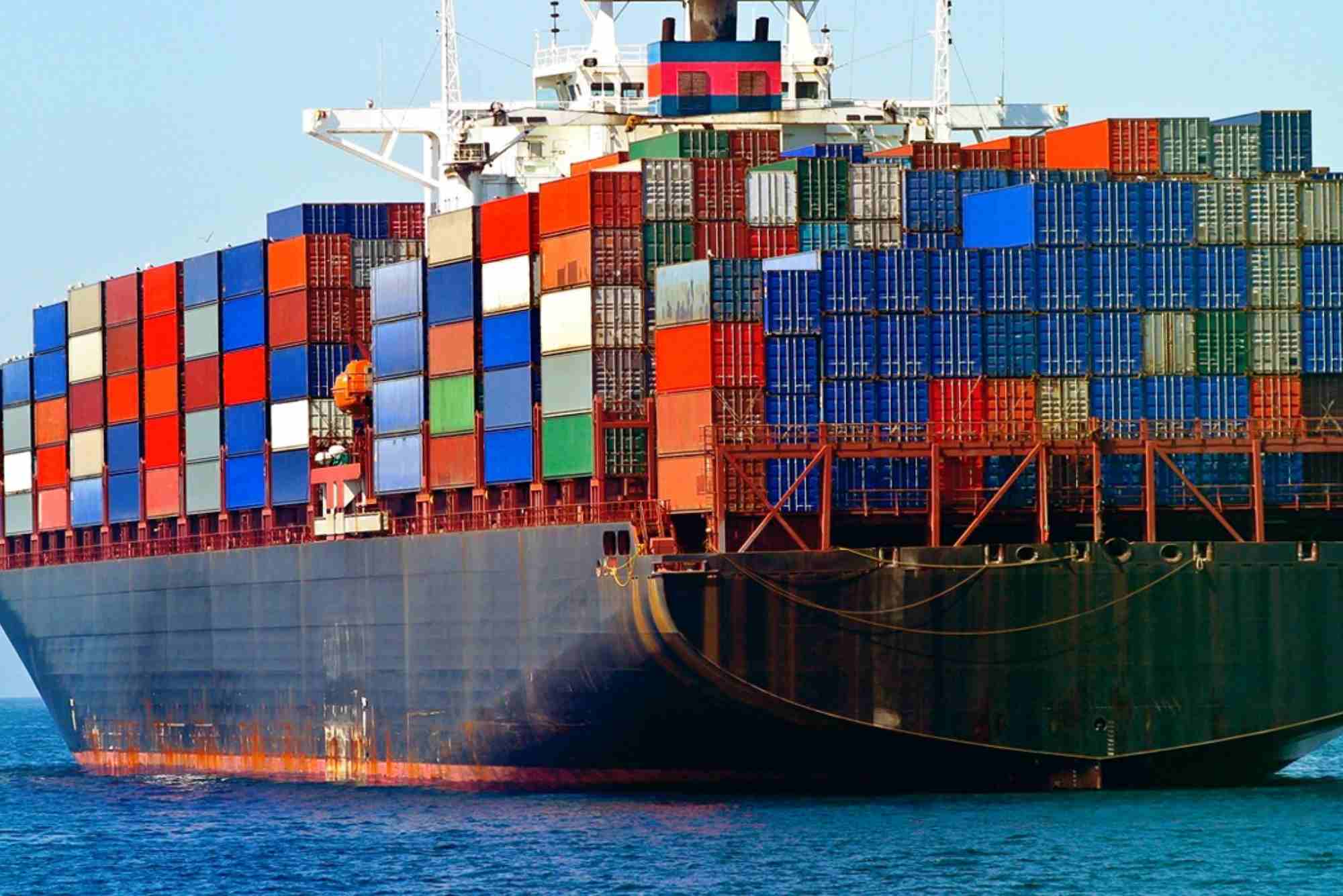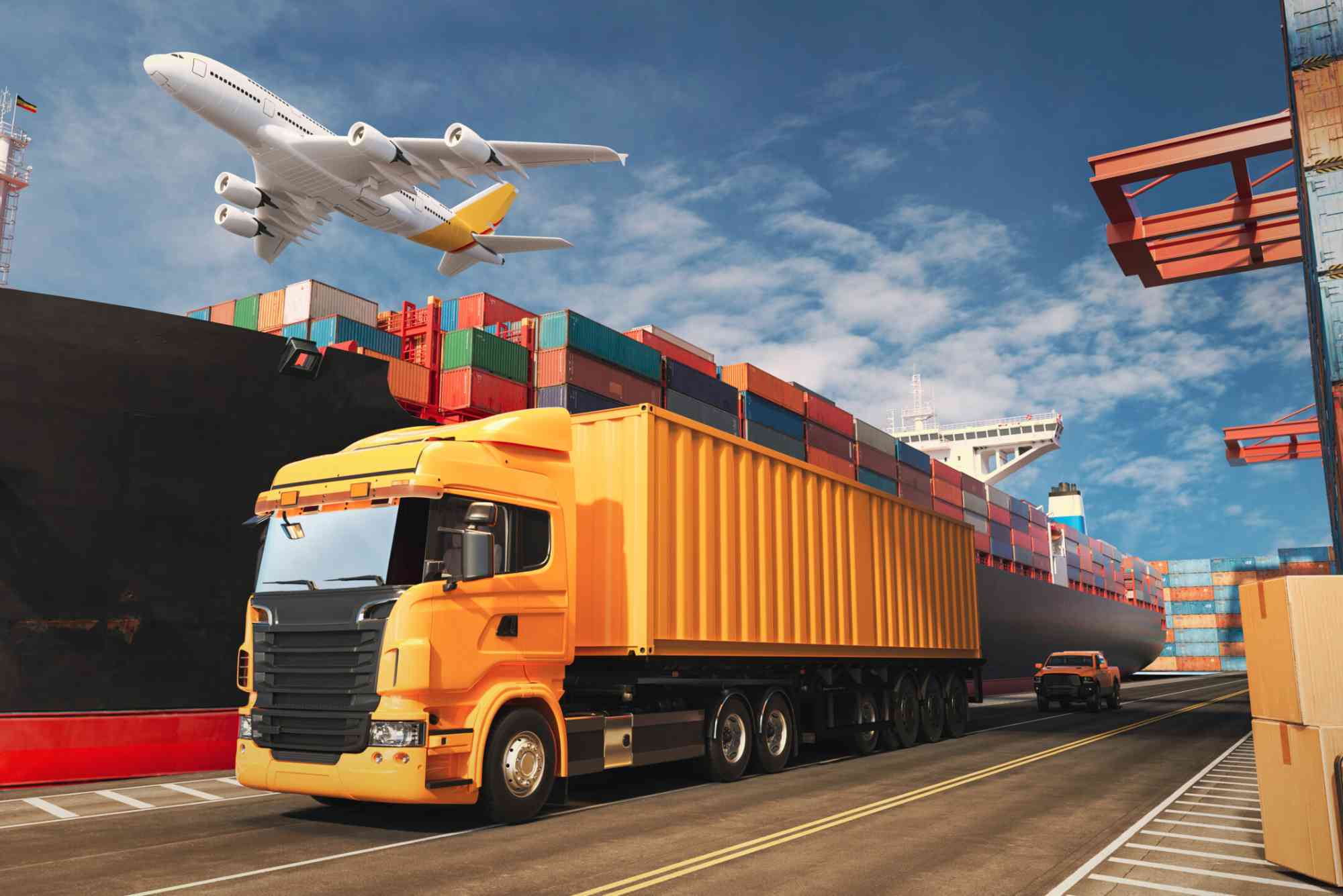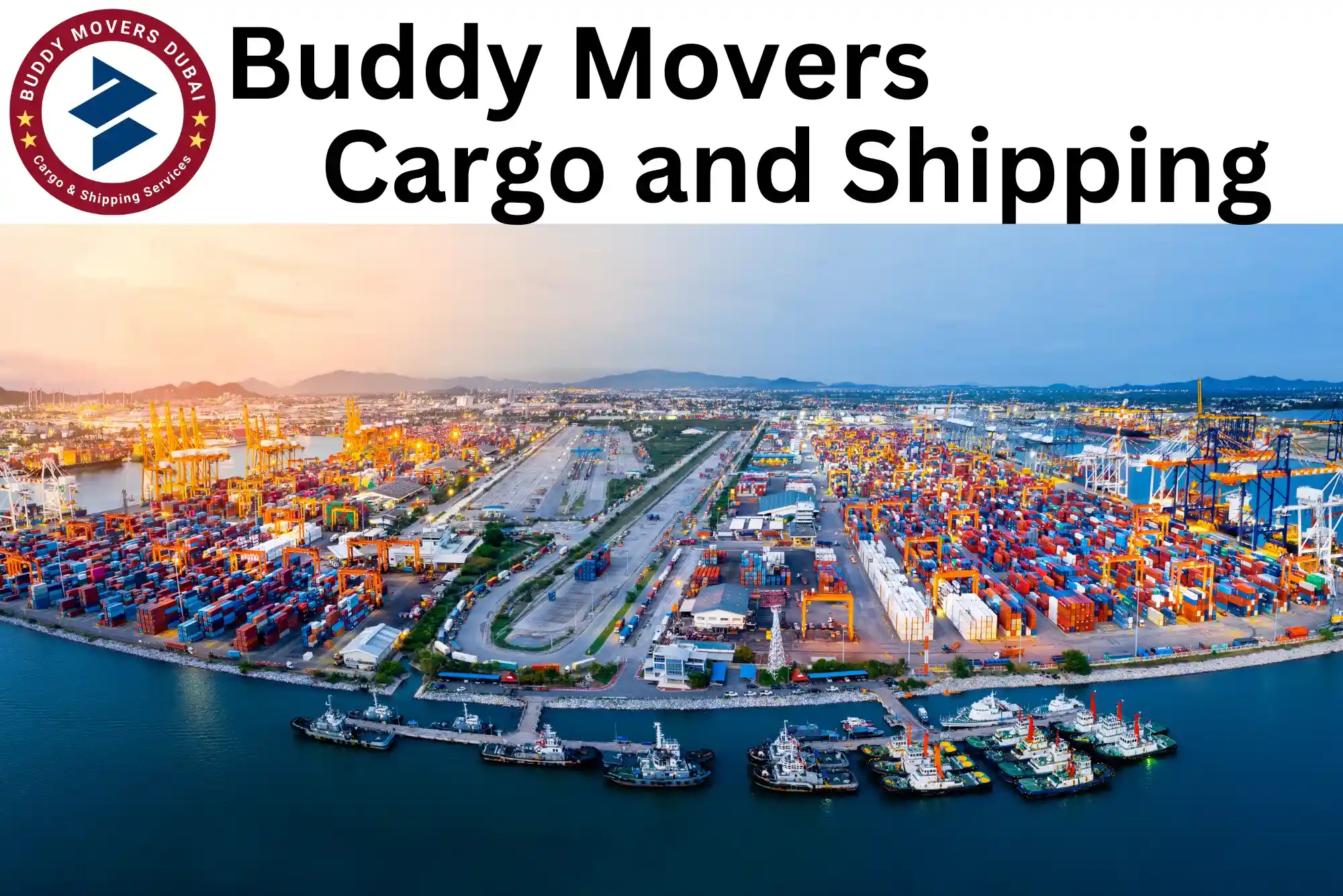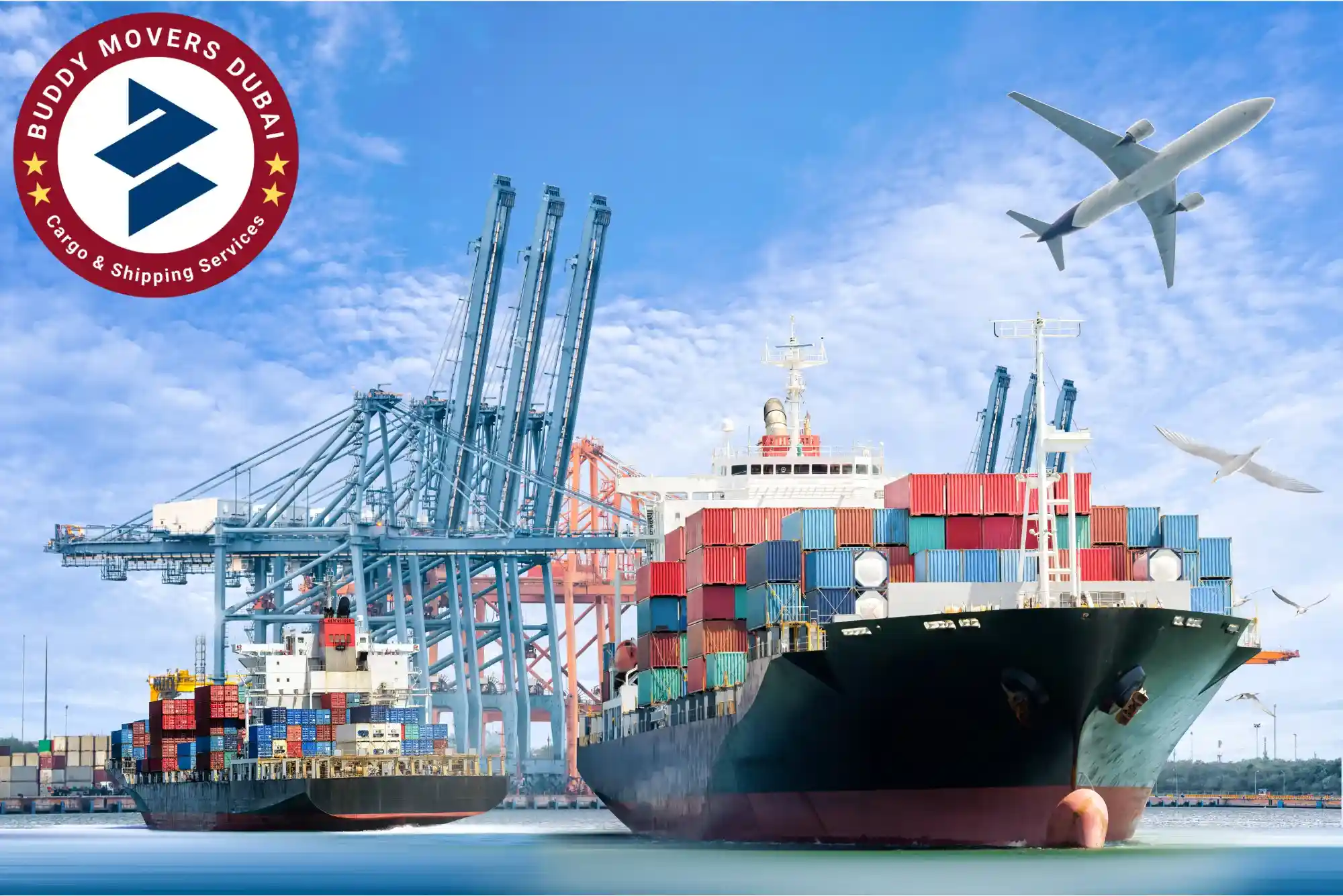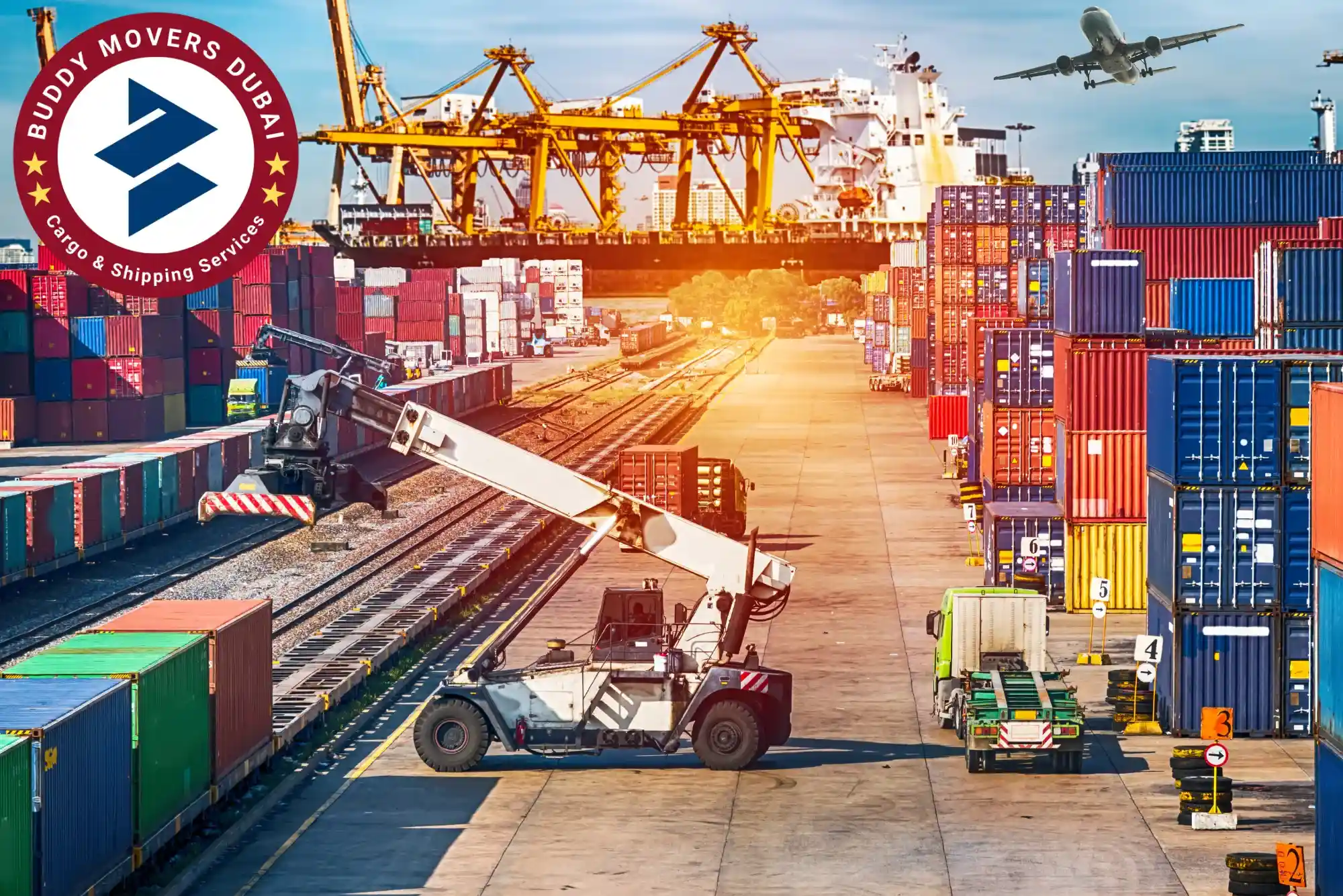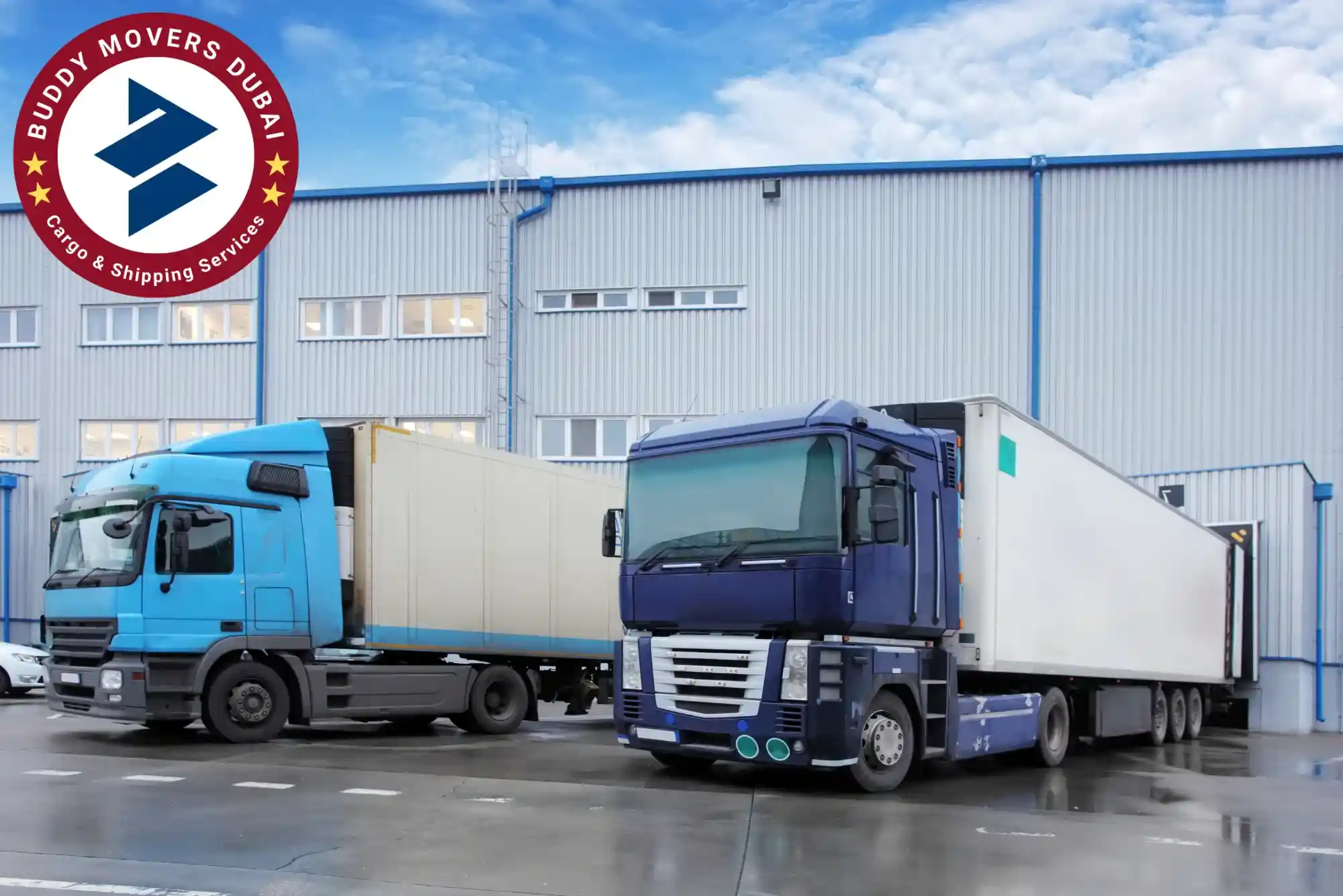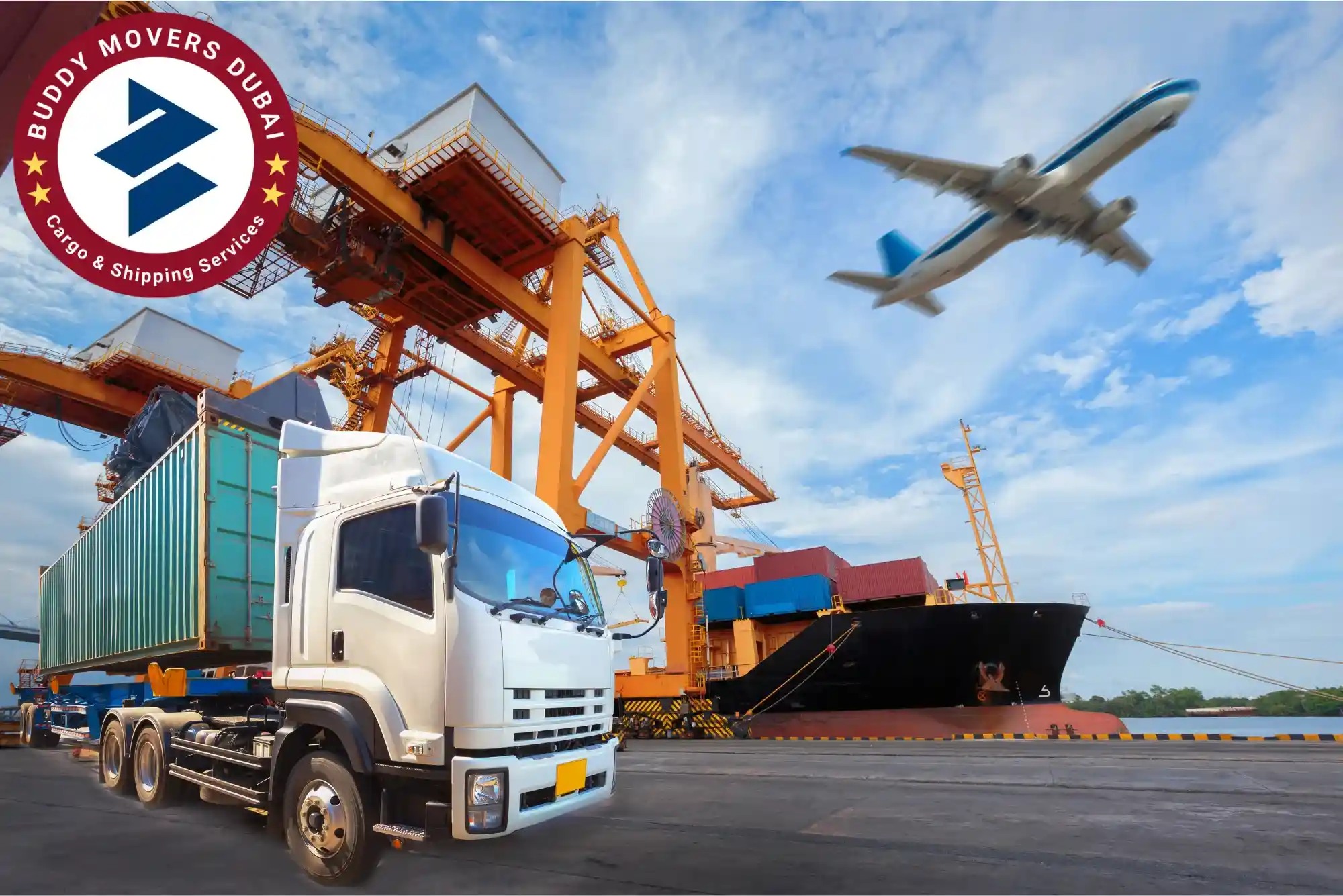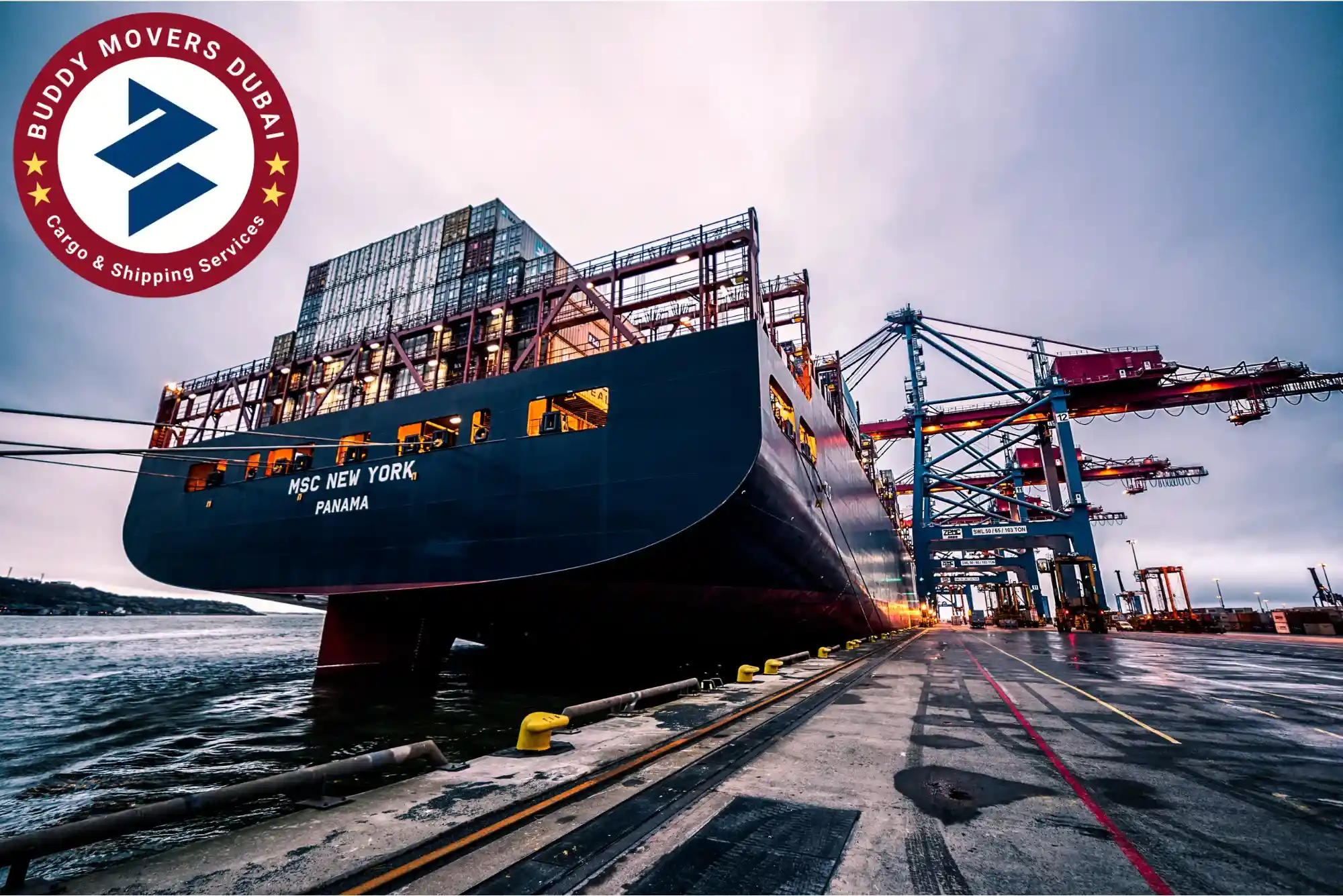The process of international cargo shipment consists of multiple factors including various documentation along with precise timing needs and strategic planning details. The business community usually thinks of shipping as a basic transaction yet those who have had to deal with delayed shipments or cargo loss understand that the reality remains substantially complicated. This blog will show you how to tackle international cargo shipping obstacles to maintain operational flow alongside profitability.
A Look at Documentation Requirements Before You Ship

Your cargo meets its first potential delay when it has not yet departed from the warehouse premises. Most shippers inevitably learn that their shipping documents contain errors when it is already too late. Every nation sets particular rules about documentation for imports which change unannounced from time to time. The requirements for shipping from China to Iran include both commercial invoices and packing lists together with mandatory certificates of origin as well as import licenses and product registrations through Dubai due to cross stuffing and switch BL options.
Similarly, a furniture manufacturer attempted to export their premium office chairs to Russia inside a shipping container. Though the company previously delivered goods to other European nations without trouble they were unaware Russia needed validation paperwork demonstrating product safety compliance standards. Hence, Alliance Shipping is the go-to shipping company that excels in shipping from Dubai to Russia.
The shipment sat in customs for three weeks, incurring storage fees and delaying their customer’s office opening. The solution is straightforward but requires advanced planning: research documentation requirements thoroughly and work with experienced customs brokers who stay current with regulatory changes.
Packaging and Labeling: More Than Just a Box
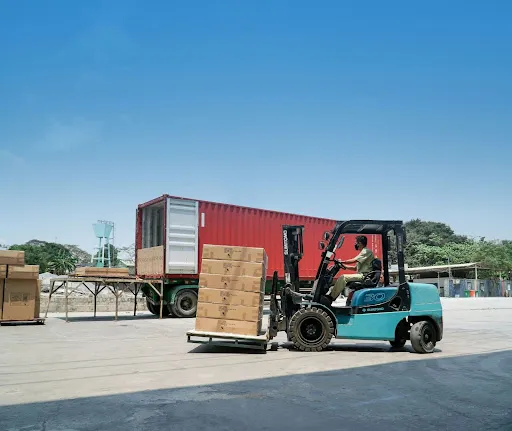
Physical protection for your shipping cargo must receive equivalent attention as all necessary documentation. Numerous shippers fail to understand how badly their shipments endure during international transportation. The items you send will experience many physical touches and face environmental changes as well as transitions between shipping methods. Each transition point presents an opportunity for damage if the packaging isn’t adequate.
Consider the journey of a single pallet from Chicago to Singapore. It might start on a truck, transfer to a train, move to an ocean container, and finally reach its destination via another truck. At each transfer point, your cargo faces potential impacts, compression from other goods, and exposure to moisture or temperature changes. Professional-grade packaging materials and proper cushioning aren’t just nice-to-have extras – they’re essential insurance against loss.
The right packaging strategy goes beyond physical protection. Clear, accurate labeling helps your shipment navigate the complex world of international logistics. Each package should have both machine-readable tracking information and human-readable details about contents, handling requirements, and destination. When labels are unclear or fall off, packages can end up in the wrong country or stuck in a warehouse without any way to identify their proper destination.
Timing and Seasonal Considerations
The global shipping calendar has its own rhythms and seasonal patterns that smart shippers learn to navigate. Peak shipping seasons, like the months leading up to major holidays, can lead to capacity constraints and higher rates. But less obvious factors can also impact your shipping success. For instance, many Asian countries essentially shut down for Lunar New Year celebrations, which can last for weeks. Similarly, European vacation seasons in August can slow down customs processing and delivery times.
Weather patterns also play a crucial role in international shipping success. Hurricane season in the Atlantic, monsoons in Southeast Asia, and winter storms across the Northern Hemisphere can all cause significant delays. Smart shippers build these factors into their planning, adding buffer time to their schedules and choosing alternate routes when necessary. They also consider how seasonal temperature changes might affect their cargo and choose appropriate shipping methods accordingly.
The True Cost of International Shipping
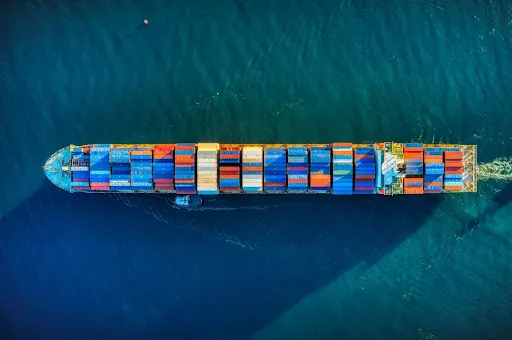
International shipping presents one of the major errors when shippers rely exclusively on the shipping rate figure provided to them. Services beyond basic shipping expenses when moving international cargo will escalate from a seemingly low rate to substantial financial strain. Your shipment becomes more costly as insurance and customs duties join taxes storage fees and handling charges in their addition.
Additional shipping expenses manifest themselves as surcharges which mostly remain hidden. Your basic shipping rate will most likely get extra charges from Fuel surcharges and currency adjustment factors together with emergency situation surcharges and peak season surcharges. Transport companies advertise affordable base rates that later transform into greater surcharge amounts. Knowing all costs that compose the total landed price enables people to effectively make shipping choices.
Working with Partners and Vendors
Your success in international shipping heavily relies on having competent logistics partners i.e. Alliance Shipping. The decision to go with a lower-cost provider should be avoided because experienced reliable providers deliver superior long-term value for your investment. Logistics partnerships require service beyond transportation alone because partners should deliver expertise on documentation needs as well as provide guidance for packaging standards and regulatory demands.
Risk Management and Insurance
Natural disasters, political upheaval, and even simple theft or damage are all risks associated with international commerce. While insurance cannot prevent problems, it can help you avoid catastrophic financial losses. However, many shippers underinsure their cargo or are unfamiliar with their insurance coverage.
Standard carrier liability often provides minimal protection, usually based on weight rather than actual value. For high-value shipments, additional cargo insurance is essential. Insurance coverage acts as a single element of a full-scale risk management system. Redistribution of shipping routes together with the division of big shipments into smaller containers and maintenance of secondary supplier sources all function to minimize your exposure to business risks.
Learning from Experience
Every shipping challenge provides an opportunity to improve future operations. Keeping detailed records of problems and solutions helps build institutional knowledge that can prevent similar issues in the future. For instance, after experiencing delays with shipments to a particular port, one company created a detailed guide for that destination, including common pitfalls and solutions.
The most successful international shippers choose Alliance Shipping which maintains a mindset of continuous improvement. They regularly review their shipping processes, stay informed about industry changes, and adapt their strategies based on both successes and failures. While perfect shipping operations might be an unrealistic goal, consistent improvement is achievable with the right approach and attention to detail.
Remember, successful international shipping isn’t about avoiding every possible problem – it’s about being prepared to handle challenges effectively when they arise. By paying attention to documentation, packaging, timing, costs, partnerships, technology, and risk management, you can create a robust shipping operation that delivers reliable results even in challenging circumstances.


